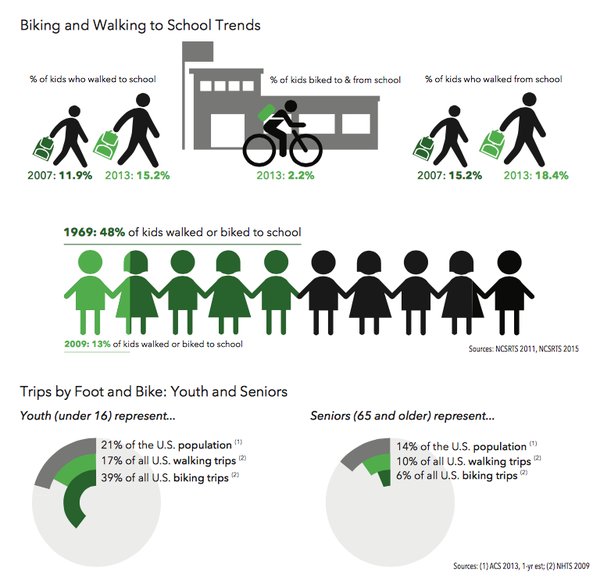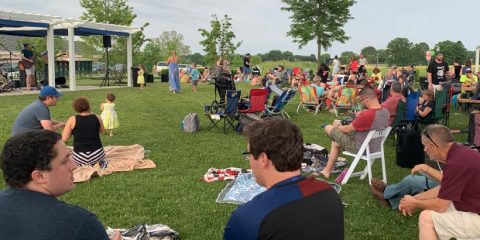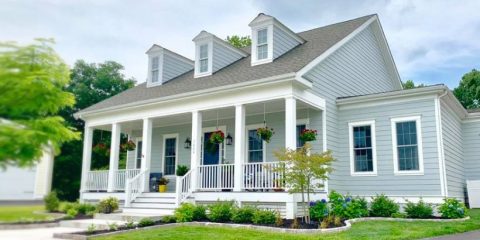Whitehall’s Walkability Adds Value, A Study Behind our Planning

This article, written by Hazel Borys, was originally published at PlaceShakers and Newsmakers, and has been shared with permission with The Town of Whitehall.
____________________________________________________________________________________
As summer picked up the pace of our outdoor activities, it’s clear that not all places have equal footing. Those well-positioned to draw us out into health-boosting active transportation are enjoying all sorts of benefits. City planners across North America are trying hard to even the playing field. The 2016 Benchmarking Report for Bicycling and Walking in the United States came out earlier this month, and if you haven’t taken the time to read it yet, here are some of the important highlights in this biennial review published by the Alliance for Biking & Walking.
Safety
It’s getting safer to walk and cycle in the United States. Active transportation is on the rise, with bicycling up 71 percent from 2007 to 2016 in large U.S. cities.
That tells us that people are getting better about deciding which streets are links and which ones are places. But that we still need to work on the disproportionate fatality rate of our elders and people of color while cycling and walking. As well as the fact that men still outnumber women cycling to work, by about two to one.
Jobs
More jobs are created per dollar spent on pedestrian and cycling amenities than on car-only investments. It’s good to add more jobs numbers.
Winter Walkability
It is fun thinking about what makes for great walkable winter cities , and so I was particularly happy to see that people who live in winter states are more likely to walk or bike to work. When my fellow winter city dwellers tell you, “It’s too cold to walk here,” you can once again point out that Alaska remains the state with the highest share of commuters walking to work!
Walk or Bike to School
Back in 1969, almost half of American kids walked or biked to school. 40 years later, just 13 percent of kids walk or bike to school. Still, that’s up from 2007, so we’re on a slow recovery but we have a whole lot to learn about raising free-range kids in playborhoods and playsheds.

